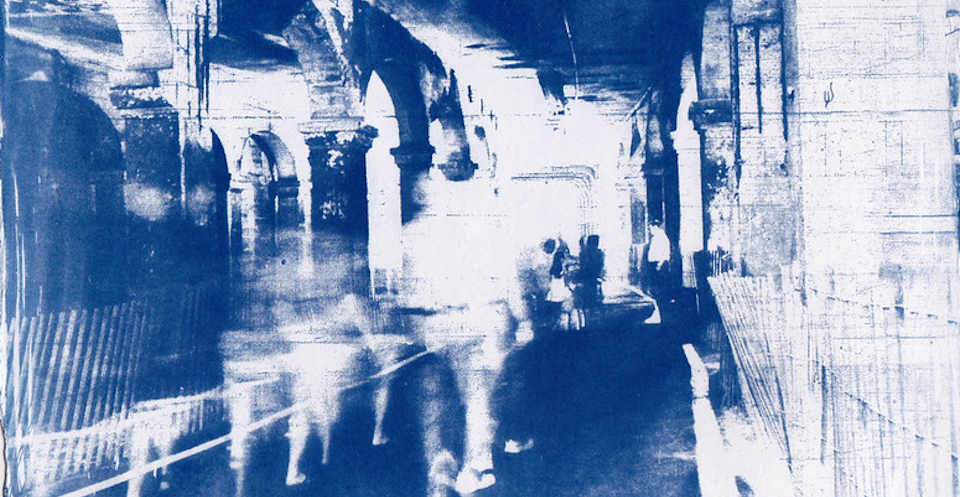A new meta-analysis has shown that electroconvulsive therapy (ECT) is better at quickly relieving major depression than ketamine.
Most of the time, a person with depression is first prescribed an oral antidepressant medication, along with psychotherapy. But if oral antidepressants don’t work or if the person is in danger of hurting themselves right away, there are other, faster ways to treat depression, such as electroconvulsive therapy (ECT) and, more recently, ketamine or esketamine.
Ketamine is less frequently used in the US than esketamine, a nasal spray that has been given approval by the Food and Drug Administration to treat depression. However, there are no studies contrasting the efficiency of ECT and esketamine.
On the other hand, esketamine’s sister drug, ketamine, has been the subject of studies. Ketamine has recently been tested as a quick-acting intervention to help people with major depression. Ketamine is typically used in medicine as an injection anaesthetic.
Consistently More Successful Than Ketamine
A research team looked at six international clinical trials that compared the effects of ECT and ketamine on people with major depression. The studies, which were carried out in hospitals in Sweden, Germany, Iran, and India, examined 340 patients in total.
Each of the five studies found that electroconvulsive therapy was better than ketamine at reducing the symptoms of severe depression.
“ECT is consistently more successful than ketamine [at helping patients with serious depression],”
said lead author T. Greg Rhee, University of Connecticut School of Medicine Psychiatric Epidemiologist. Colleagues from Harvard University, Kyungnam University in Korea, McLean Hospital in Belmont, Massachusetts and Massachusetts General Hospital in Boston, University of Toronto, VA New England Mental Illness in West Haven, and Yale University also authored the paper and took part in the analysis.
According to the authors, there were no differences by age, sex, or location. It could be said that everyone who qualifies for ECT will benefit.
Ketamine An Effective Alternative
Although ketamine did generally benefit patients, ECT produced overall better outcomes. For those who are unable to receive ECT, ketamine may be an effective alternative.
In contrast to ketamine, which was more likely to cause dissociative symptoms, vertigo, and double vision, electroconvulsive therapy was more likely to cause headaches, muscle pain, and memory loss. Rhee hopes to incorporate the results of the two other ongoing studies that compare ECT and ketamine when they become available.
“Every single study directly reports ECT works better than ketamine. But people are still skeptical of ECT, perhaps because of stigma,”
Rhee says, or negative portrayals in movies like “One Flew Over the Cuckoo’s Nest” and television programs like “Stranger Things.” Mental health professionals need to change how people think about ECT so that it can be used more often in cases of treatment-resistant depression.
Outpatient Electroconvulsive Treatment
Electroconvulsive therapy, which causes brief seizures in the brain while a patient is asleep, is rarely used in the United States. This is because it is expensive, not all insurance plans cover it, doctors aren’t trained to do it, and there are long-term side effects.
A study done in 2021 found that it can help reduce the long-term risk of suicide and death in people with depression that doesn’t respond to treatment, but it may also lead to longer hospital stays and higher healthcare costs.
“If this therapy were delivered in an outpatient setting, it’s possible that the potential of reduced cost burdens to patients and insurers could increase utilization of ECT in the U.S,”
said study author Edeanya Agbese, Penn State College of Medicine.
Depression And ECT
The World Health Organization estimates that 5% of adults worldwide suffer from depression, making it a common disease. Depression is characterized by a variety of symptoms, including depressed mood, irritability, loss of enjoyment in once-enjoyable activities, and occasionally weeks-long episodes of unexplained pain or exhaustion.
The precise mechanism of action of ECT in depression treatment is still unknown even after decades of research. Neuroimaging studies of people who have had ECT show that the anticonvulsant effects are mostly in the frontal lobes, which correspond to immediate responses, and the neurotrophic effects are mostly in the medial temporal lobe.
Reduced blood flow and metabolism are the anticonvulsant effects, whereas increased perfusion, metabolism, and hippocampus volume are the neurotrophic effects, which are the opposite of the anticonvulsant effects.
References:
- Rhee TG, Shim SR, Forester BP, et al. Efficacy and Safety of Ketamine vs Electroconvulsive Therapy Among Patients With Major Depressive Episode: A Systematic Review and Meta-analysis. JAMA Psychiatry. Published online October 19, 2022. doi:10.1001/jamapsychiatry.2022.3352
- Abbott CC, et al. (Mar 2014). A review of longitudinal electroconvulsive therapy: neuroimaging investigations. J Geriatr Psychiatry Neurol. 27 (1): 33–46. doi:10.1177/0891988713516542
- Edeanya Agbese, Douglas L. Leslie, Djibril M. Ba, Robert Rosenheck. Does Electroconvulsive Therapy for Patients with Mood Disorders Extend Hospital Length of Stays and Increase Inpatient Costs? Administration and Policy in Mental Health and Mental Health Services Research, 2021; DOI: 10.1007/s10488-021-01145-3
Top Image credit: Tom Hart CC-BY
Last Updated on November 11, 2023
